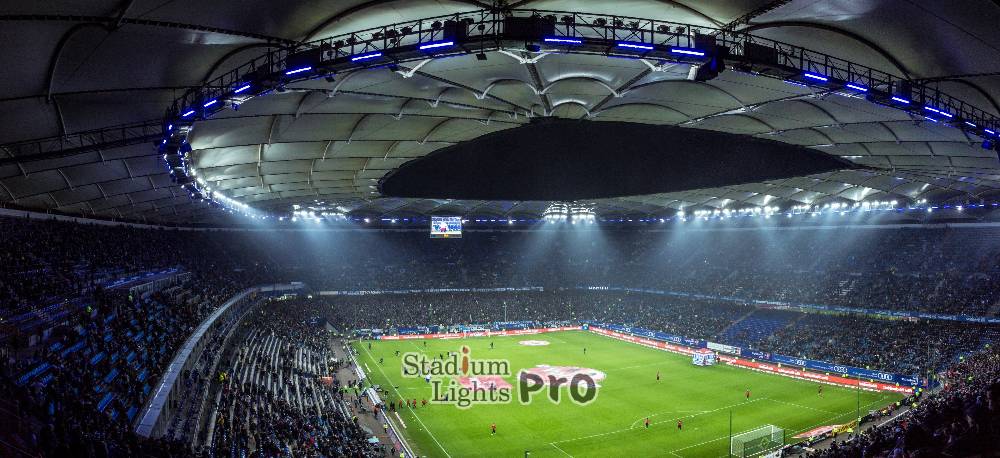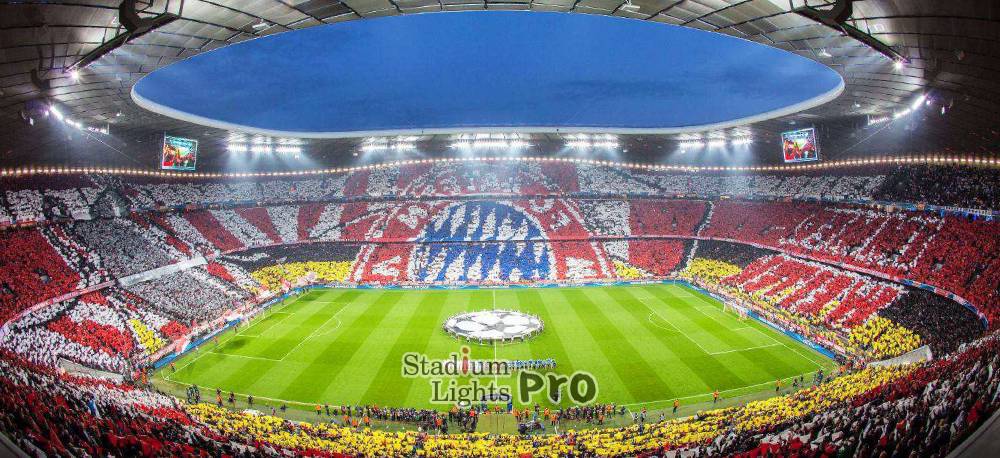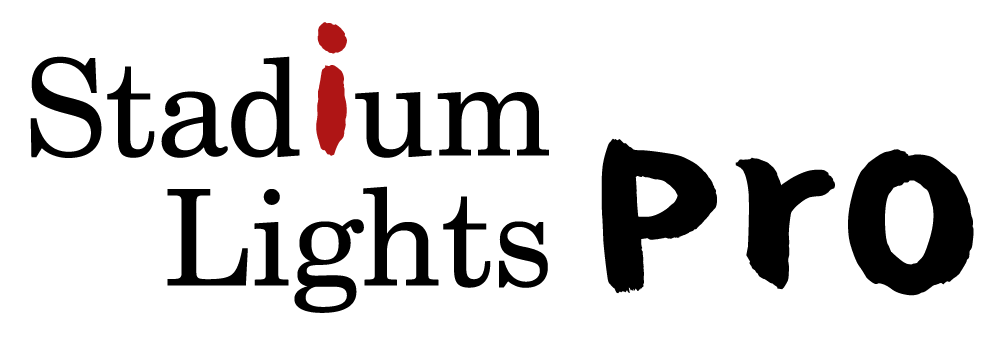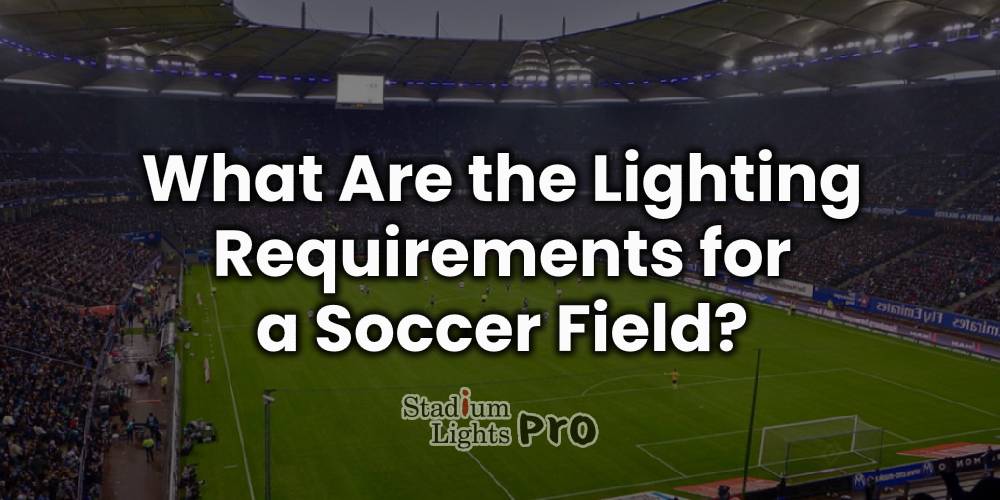Proper lighting is a fundamental aspect of designing a soccer field that is safe, efficient, and functional for night-time play. Whether it’s for professional matches or local games, a well-lit soccer field allows for clear visibility of the game, promoting safety and enhancing the experience for both players and spectators. To understand how to meet these lighting requirements, there are several factors to consider.
| Lighting Aspect | Recreational/Training Fields | Competitive Matches | Professional/International Fields | Televised/Broadcast Games |
|---|---|---|---|---|
| Lux Level | 100-150 lux | 200-500 lux | 500-1000 lux | 1000+ lux |
| Purpose | Adequate illumination for casual games and practice | Improved visibility for faster-paced, competitive play | Uniform lighting for high-level competition | Enhanced lighting for high-definition broadcast quality |
| Lighting Uniformity | Moderate, some variation allowed | High uniformity across the field | Consistent lighting throughout the field | High consistency for broadcast clarity |
| Lighting Coverage | Sufficient for players and ball visibility | Covers center, corners, and goal areas | Uniform lighting in all areas, including penalty zones | Even distribution for broadcast-friendly appearance |
| CRI (Color Rendering Index) | 80-85 CRI | 80-85 CRI | 80-100 CRI | 90+ CRI |
| Light Source Type | Metal halide lamps | Metal halide lamps or LEDs | Metal halide lamps or LEDs | LED lights for high CRI and efficiency |
| Advantages of High CRI | Sufficient for basic play | Accurate color rendering for teams and referees | Improved player visibility and accurate color representation | Vibrant colors for viewers, more realistic TV experience |
| Typical Light Temperature (Kelvin) | 3000K-4000K | 4000K-5000K | 5000K-6000K | 6000K and above |
Table of Contents
ToggleLux: The Measure of Illumination

Understanding Lux Levels
The term “lux” refers to the unit of measurement for light intensity that reaches the field’s surface. It quantifies how much light is spread over a certain area and plays a central role in evaluating the adequacy of the lighting system. Proper lux levels are necessary to ensure that players, referees, and spectators can see clearly during a game.
For recreational or training fields, lower lux levels are typically adequate. These fields often require between 100 to 150 lux. In these settings, the goal is to provide enough illumination for the players to see the ball and each other while ensuring that the lighting is not overpowering. This level of lighting works well for casual games and local events, offering a basic, yet functional, experience.
Lighting for Competitive Matches
However, for competitive matches, higher lux levels are needed to meet the demands of faster-paced games and a larger audience. Professional and international standard soccer fields generally require lux levels between 200 to 500 lux. This range ensures that the field is uniformly lit and players can track the ball without difficulty. These levels are critical for ensuring that players and officials are able to make precise judgments during a match. Additionally, for high-level competitions where television broadcasting is involved, lux levels may range from 800 to 1,000 lux or more. This helps to create a visually appealing experience, not only for those attending the event but also for the viewers at home. The higher lux levels contribute to improved video quality, showcasing the match in clear, crisp detail.
In terms of professional venues, such as major stadiums, lighting systems are often designed to meet the specifications of live television broadcasts, which require lux levels above 1,000 lux. This ensures that the on-screen imagery is bright and well-lit, allowing high-definition cameras to capture every movement of the game with clarity.
Uniform Lighting Across the Field
A key factor in achieving the right lux levels is uniformity. Lighting should be consistent across the entire field, with minimal dark spots. Uniform lighting helps to prevent the ball from blending into shadows, ensuring that the players have an uninterrupted view of the game. The difference in lighting intensity between different areas of the field should be minimal. Typically, the variation between the brightest and darkest spots on the field should not exceed 10-20%. This helps players maintain visual continuity, which is especially important during high-speed play.
Additionally, while measuring lux, it’s important to focus not only on the intensity but also on how the light spreads across the field. The distribution of light can impact how well the players can respond to the ball and their environment. Ensuring that the lux level is adequate in all parts of the field—including the center, corners, and goal areas—is essential for a complete and functional lighting system. This is particularly significant for areas such as the penalty box and goal line, where quick reactions and precise visibility are necessary.
CRI: Color Rendering Index

What is the CRI?
Along with lux levels, the Color Rendering Index (CRI) is another key factor in determining the suitability of lighting for a soccer field. The CRI is a measure of how well a light source can reveal the true colors of objects compared to natural sunlight. In simple terms, a high CRI ensures that the field’s colors are accurately displayed, helping players better assess their environment.
CRI Ratings and Sports Lighting
Natural light has a CRI value of 100, which represents optimal color accuracy. Lighting systems used in soccer fields, especially for professional and televised matches, should aim to replicate this level of color rendering as closely as possible. A CRI of 80 or above is typically considered acceptable for sports lighting, though higher values are often preferred. A higher CRI can help players distinguish the ball’s color, field markings, and other players, enhancing overall visibility and improving the flow of the game.
For example, in floodlight systems, the CRI is influenced by the type of lamp being used. Metal halide lamps, commonly used in sports lighting, offer a good balance of high lux levels and a decent CRI. These lamps are known for their efficiency and ability to produce bright, white light, making them a traditional choice for soccer fields. However, LEDs, which are becoming increasingly popular due to their energy efficiency and longevity, also offer high CRI values and provide more consistent lighting. In fact, modern LEDs can achieve CRI ratings above 90, which makes them a superior choice for creating accurate color reproduction on the field.
Advantages of High CRI Lighting
LED lighting systems have several advantages beyond just high CRI ratings. They can be dimmed and adjusted to achieve the desired lighting intensity, offering greater flexibility in creating an ideal environment for different types of games. They also offer more precise control over light distribution, reducing issues such as light spill or glare. This contributes to a more controlled and effective lighting setup that enhances player visibility without disturbing the surrounding areas.
Maintaining a high CRI not only benefits the players but also enhances the spectator’s experience. Accurate color rendering can make the viewing experience more realistic and enjoyable, especially for those watching from home, where color quality matters for TV broadcasts. A high CRI ensures that the green of the field, the bright colors of team uniforms, and the ball itself are clearly visible, allowing viewers to feel more connected to the game. For stadium-goers, a higher CRI can create a more engaging atmosphere, as the field appears vibrant and the players’ movements are distinct.
When considering the choice of lighting for a soccer field, it’s also important to note the influence of the CRI on player performance. Studies have shown that players perform better when they can distinguish objects with greater clarity. This is especially important in soccer, where precision and timing are critical. A lighting system that accurately renders colors can reduce the likelihood of players misjudging the ball or their surroundings, leading to a smoother game and fewer errors on the field.
Energy Efficiency and Sustainability
In addition to lux levels and CRI, energy efficiency is another consideration when designing lighting systems for soccer fields. Modern sports lighting increasingly relies on LED technology, which has seen rapid advancements in recent years. LEDs offer numerous benefits, including energy savings, reduced carbon footprint, and longer operational lifespans.
When it comes to the energy requirements for a soccer field, the goal is to minimize the amount of electricity consumed while still providing adequate lighting. LEDs consume significantly less power than traditional metal halide lamps, making them more cost-effective in the long run. This reduction in energy consumption also helps to reduce operational costs, which is particularly advantageous for municipalities, schools, and other organizations that maintain soccer fields.
Furthermore, LED lights are more durable and have a longer lifespan compared to traditional lighting options. They can withstand extreme weather conditions, such as rain, snow, and heat, making them a reliable choice for outdoor sports fields. Additionally, LEDs can be dimmed or adjusted to different settings, providing greater control over the light output depending on the type of game being played or the time of day.
The sustainability aspect of LED lighting systems is also noteworthy. With a growing emphasis on environmental responsibility, many sports facilities are making the switch to LED technology to reduce their carbon emissions. Using energy-efficient lighting not only reduces the environmental impact but also aligns with global trends toward sustainable practices in sports infrastructure.
Glare Control
While achieving sufficient lux levels and maintaining a high CRI are vital, another important aspect of soccer field lighting is glare control. Glare can be defined as the uncomfortable brightness that impairs the visibility of players, officials, and spectators. This is particularly problematic for soccer players, who must be able to see the ball, their teammates, and their surroundings without any distractions from excessive light.
To minimize glare, floodlights should be placed in a way that directs light toward the field and away from the players’ line of sight. Proper positioning of the light poles, often with angled fixtures, helps to control the spread of light and reduce the impact of glare.
In addition, the use of anti-glare shields or diffusers on light fixtures can further reduce the intensity of direct light and minimize distractions. Ensuring that the lighting system does not create uncomfortable or excessive brightness in players’ eyes or for spectators can contribute to a safer and more enjoyable game for all involved.
The Impact of Light Color Temperature
Another factor that affects the overall lighting of a soccer field is the color temperature of the light. Measured in Kelvins (K), color temperature refers to the warmth or coolness of a light source. For soccer fields, it is common to use lights with a color temperature between 4000K and 6000K.
Lights with a color temperature of 4000K are often considered a neutral white, which offers a balance between warm and cool tones. This can create a comfortable and natural-looking environment for players and spectators. On the other hand, lights with a color temperature of 6000K or higher emit a cooler, bluish-white light, which is often preferred for high-performance sports and professional games due to its crisp, sharp appearance.
Choosing the right color temperature can enhance visibility and reduce eye strain for players during night games. It also has an impact on how the field appears to spectators. Cooler light temperatures tend to highlight contrast more effectively, making it easier for players to track the ball, while warmer light may create a softer, more visually comfortable environment.
Conclusion
Lighting plays a vital role in ensuring that soccer fields are safe, functional, and enjoyable for everyone involved. The right lux levels provide adequate illumination for players to see clearly, while the appropriate CRI ensures that the colors of the field and ball are accurately represented. At the same time, energy efficiency and glare control are essential factors in creating a sustainable and player-friendly environment. The careful selection of light color temperature can also contribute to a better overall experience for both players and spectators.
By considering all of these elements, field managers and designers can create a lighting system that meets the needs of the game while also being environmentally friendly and cost-effective.

